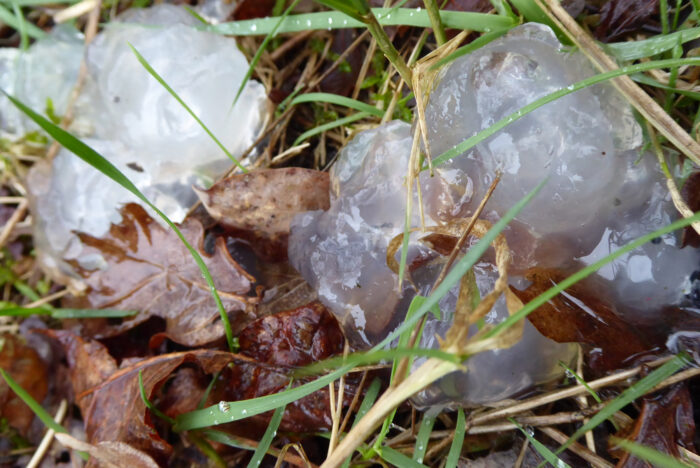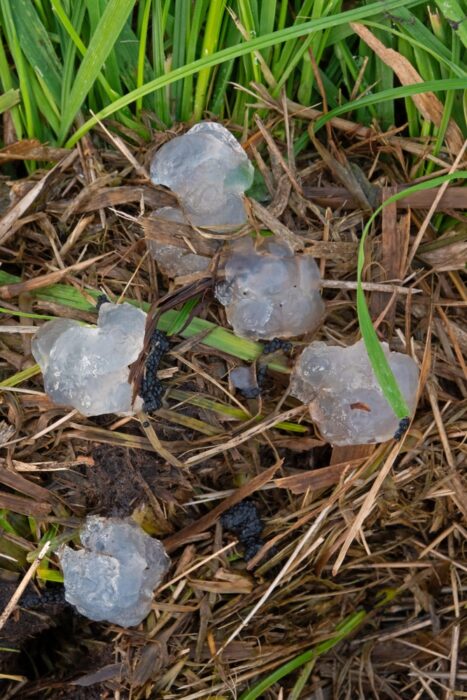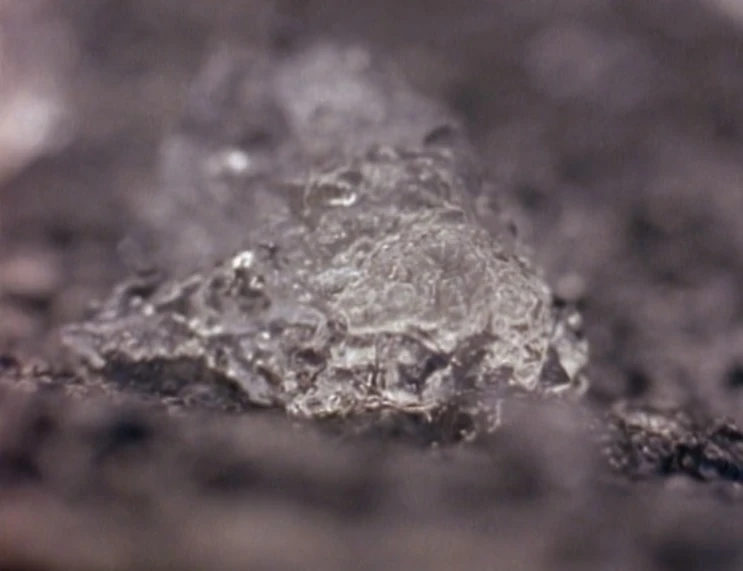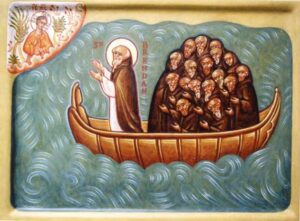On Aug. 7, 1994, the quaint town of Oakville, Washington, with a population of just a few hundred, experienced some odd weather. Rain with a chance of disease-inducing blobs of goo hammered down. Nearly 30 years later, the mystery of the Oakville Blobs remains unsolved.
When the heavens opened at 3 am that night, most of the residents of Oakville were asleep. The few who happened to be out realized that the water droplets were not water at all. Instead, their windscreen wipers were smearing an odd, gooey, gelatinous substance over the glass. Witnesses described the rain as having a jelly-like consistency. The blobs were translucent and as small as a grain of rice.

Star jelly. Photo: Shutterstock
When dawn came and the town woke up, they found their lawns, roads, and roofs covered in the tiny blobs. The curious townsfolk picked them up to investigate and sent samples to private labs. But soon after touching them, dozens of people fell ill. Resident Dotty Hearn got an ear infection, vertigo, and a bad stomach ache. Others suffered flu-like symptoms.
Around town, animals started to die. Some reports described dead animals frothing at the mouth, which usually happens in cases of contact with poisonous substances, severe stress, or rabies.
Exploding jellyfish, meteorites, and plane waste
Local medical authorities got to work immediately. Researcher Mike McDowell found that the blobs contained two species of bacteria, Pseudomonas fluorescens and Enterobacter cloacae, which are common in humans and animals. They aren’t too harmful, causing minor inconveniences such as skin or urinary tract infections. They are not usually a cause for concern if treated. However, the bacteria should not make people violently ill, to the point of hospitalization.
Visually, the blobs resemble a gelatinous substance called star jelly. Star jelly is a natural, though mysterious, occurrence that scientists still don’t understand.

Blobs of star jelly. Photo: Shutterstock
A popular theory is that star jelly comes from meteorites falling to Earth, and that little pieces form gelatinous substances as they fall through the atmosphere. Star jelly has also been attributed to frog spawn, algae, and slime molds.
One theory posited that the blobs were remnants of jellyfish dispersed into the atmosphere. Some speculated that military bombing exercises in the Pacific Ocean could have destroyed jellyfish populations and lifted their remains into the air. However, aside from how ridiculous the theory sounds, the Oakville Blobs allegedly contained cells without nuclei, which is inconsistent with the structure of jellyfish cells.
According to a newspaper article from the Palm Beach Post dated Aug. 21, 1994:
The jellyfish theory began when townsfolk learned the Air Force was dropping live bombs into the Pacific Ocean about 10 to 20 miles off the coast of Washington. The idea was that jellyfish remains might have been blown up into the clouds, where they were later dispersed in rainfall.
Oakville residents reported encountering strange men in suits frequenting local establishments and asking questions. This encouraged the notion that they were government officials covering up the incident.
One theory maintained that the blobs came from passing planes. The Palm Beach Post says:
Another suggestion was that the blobs were a form of waste from aircraft toilets, sometimes referred to as ‘blue ice.’
No conclusive evidence has been found to support any of these theories, and there are no preserved blob samples to study.
Conclusion
The people of Oakville did not panic, but ultimately looked on the event as a potential tourism bonanza. Residents wanted to:
start a jellyfish festival where they shoot jellyfish into town with a cannon…the town’s tavern is also concocting a new drink, ‘the jellyfish’ made of vodka, gelatine, and juice.
The hype eventually died down until April 2025, when The Chronicle, a newspaper based in Centralia, Washington, reported that residents of Rochester, just 16km from Oakville, reported blobs falling from the sky. This time, the townsfolk reported no illnesses.






